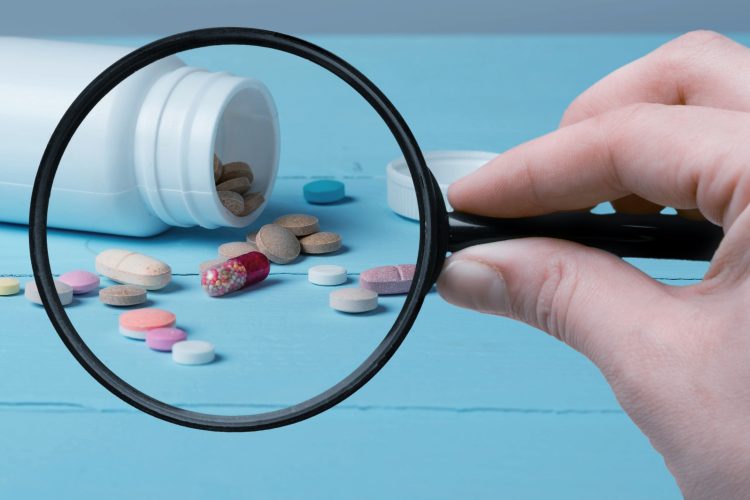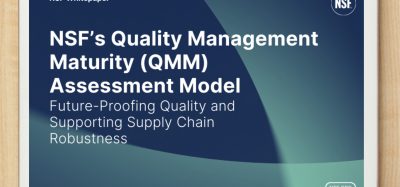Assessing the scale of pharmaceutical crime using API content
Posted: 26 August 2022 | Hannah Balfour (European Pharmaceutical Review) | No comments yet
Reviewing the active pharmaceutical ingredient (API) content in essential medicines failing quality analyses in low- and middle-income countries (LMICs) reveals that more than 12 percent are substandard or falsified.


Substandard and falsified medicines pose a significant threat to patients and health systems globally because they cause a range of problems from being ineffective to, in the worst case, causing severe adverse reactions and avoidable deaths.
While the World Health Organization (WHO) reports that one in 10 essential medicines in low- and middle-income countries (LMICs) fail quality tests, because substandard and falsified medicines are often reported together – without distinguishing what pharmacopoeial standards are being applied and how much the failed samples deviated from these specifications – it makes intervening difficult.
According to WHO, falsified medicines are those that “deliberately or fraudulently misrepresent their identity, composition or source” and substandard medicines are “authorised medical products that fail to meet either their quality standards or specifications, or both.” While manufacturing falsified medicines is criminal, substandard medicines have different legal ramifications and require distinct solutions.
Using a systematic review and meta-analysis, researchers sought to separate which essential medicines are substandard and which are falsified based on their API content. They identified 99 studies that reported the API content of 9,724 samples of essential medicines that were considered substandard or falsified, having failed at least one type of quality analysis.
More than a quarter of failed samples had <80 percent of stated API and 1.8 percent of samples contained <50 percent of stated API. Only 12.5 percent of samples were found to have no API, an incorrect API, or both.
The researchers worked on the hypothesis that medicines with <50 percent of stated API without evidence of decomposition were likely falsified, given that manufacturing them in this fashion was likely to be deliberate. Therefore, they suggest that one in seven (13.8 percent) poor-quality medicine samples were likely to be falsified, where six in seven were likely to be substandard.
Though falsified medicines tend to attract more attention, as they are criminal, the researchers stated that their results “demonstrate that medicines with reduced API are also a pervasive problem, one that governments and policy makers need to allocate more resources toward combatting.”
Based on their analysis, the researchers were also able to provide some insight into where national medicines regulatory authorities (NMRAs) should focus their attention. Likely substandard medicines (those with <80 percent API) were most commonly reported in Africa, followed by Asia. Substandard analgesics, anti-inflammatories and uterotonics had an “alarming” prevalence, according to the authors.
Substandard medicines are likely to arise from limited technical capacity and deficient storage conditions, which the investigators suggest could be combatted by interventions aiming to ensure good manufacturing and distribution practices.
On the other hand, likely falsified medicines (those containing <50 percent API) were more prevalent in Asia (23.4 percent of samples) than Africa (11.4 percent). Antimalarials and antibiotics were the therapeutic classes most likely to have <50 percent API, at 18 percent and 16.7 percent of all poor-quality samples, respectively. Falsification, said the authors, tends to flourish under high demand and poor governance, so they suggest preventing shortages and ensuring access would need to be part of the solution.
The researchers called for improvements to the reporting of medicine quality studies to enable substandard and falsified medicines to be distinguished, “as inconsistencies in reporting… make it difficult to adequately assess risks and devise targeted interventions”. They noted that their estimates of falsified and substandard medicines are likely conservative, as most medicines reported to be of poor-quality in LMICs did not specifically report the exact amount of API in each sample, instead banding them into ranges.
The authors concluded: “Consistent data on substandard and falsified medicines and medicine-specific tailored interventions are needed to ensure medicine quality throughout the supply chain.”
The research was published in the American Journal of Tropical Medicine and Hygiene.









